Home>Garden Essentials>What Fruit Doesn’t Have Seeds
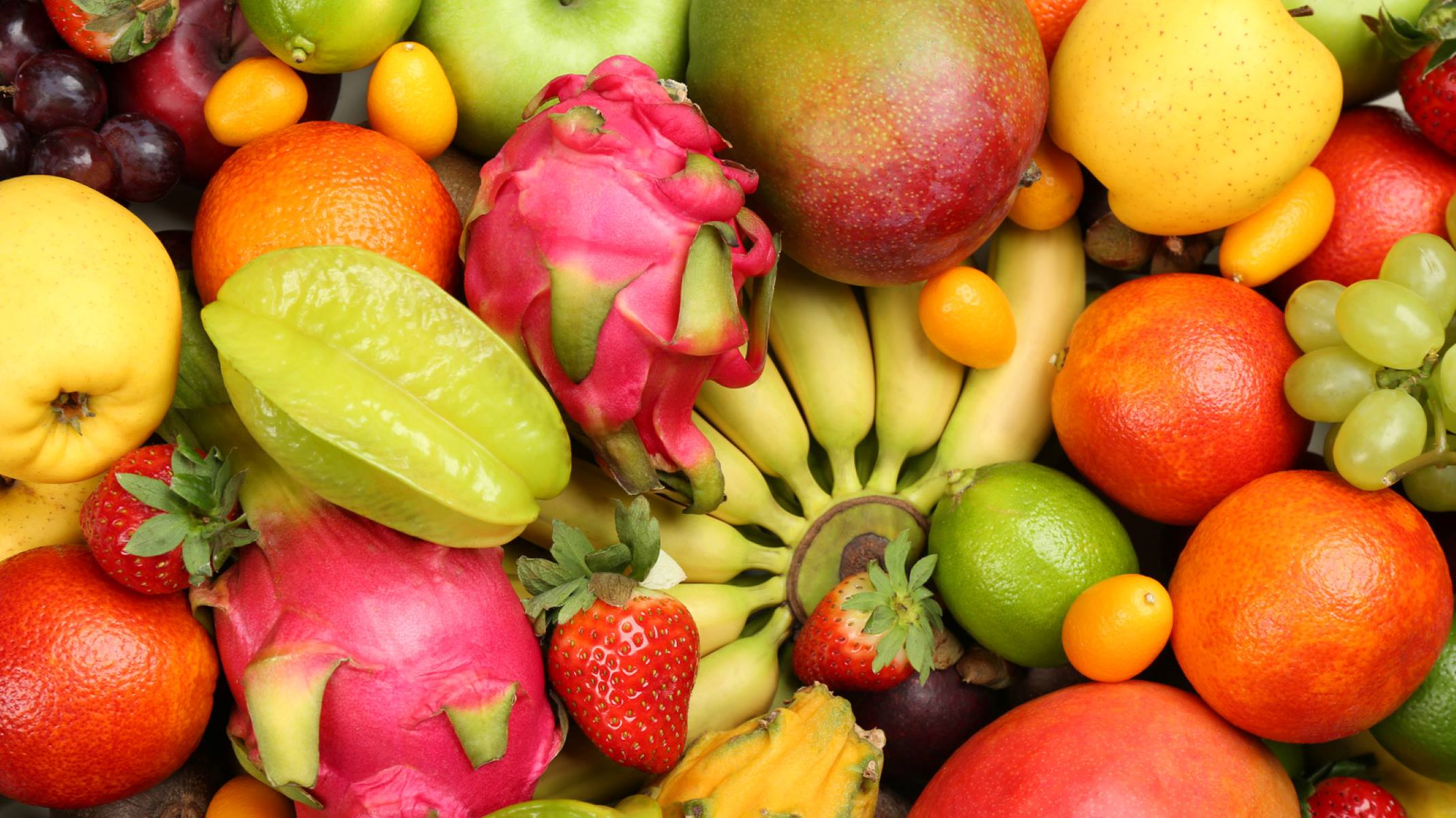

Garden Essentials
What Fruit Doesn’t Have Seeds
Modified: May 27, 2024
Discover the perfect addition to your garden with our guide to fruits that don't have seeds. Explore a variety of seedless options for a fruitful and hassle-free gardening experience.
(Many of the links in this article redirect to a specific reviewed product. Your purchase of these products through affiliate links helps to generate commission for Storables.com, at no extra cost. Learn more)
Introduction
Welcome to the fascinating world of fruits! Fruits not only delight our taste buds with their sweetness and juiciness, but they also provide us with essential vitamins, minerals, and fiber to support our overall health. While most fruits are known for their seeds, there is a special category of fruits that stand out for being seedless.
Seeds play a crucial role in the reproductive cycle of plants, as they contain the genetic information needed for new plants to grow. However, some fruits have evolved to produce seedless varieties through natural or artificial means. These seedless fruits offer a unique twist on the conventional fruit-eating experience, making them a popular choice for many people.
In this article, we will delve deeper into the world of seedless fruits, exploring the different types available, the advantages they offer, and some popular examples that you can enjoy.
So, if you’ve ever wondered about fruits that don’t have seeds and how they differ from their seeded counterparts, keep reading to uncover the fascinating truth about these delightful and convenient treats!
Key Takeaways:
- Seedless fruits, like grapes and watermelons, offer convenience and consistent sweetness, making them a popular choice for snacking and cooking.
- While seedless fruits are convenient, they may lack some nutrients found in seeds and could impact plant diversity. Enjoy a mix of seeded and seedless fruits for a balanced diet.
Read more: What Fruit Does Not Have Seeds
What are Seeds?
Seeds are the reproductive structures found in plants, including fruits. They contain the necessary genetic material for the growth and development of new plants. Seeds are typically enclosed within a protective seed coat, which helps to safeguard the embryo from environmental factors such as extreme temperatures, predators, and diseases.
Seeds serve as the means of dispersal for plants, allowing them to reproduce and colonize new areas. When conditions are favorable, seeds germinate, and new plants emerge. They play a crucial role in maintaining the diversity and survival of plant species.
In the context of fruits, seeds are often found surrounded by fleshy or juicy tissue. When we consume a fruit, we are essentially ingesting the seeds along with the edible flesh. However, there are certain fruits that have undergone natural or human-induced changes resulting in the development of seedless varieties.
Seedless fruits, as the name suggests, are fruits that do not contain mature seeds or have significantly reduced seed content. While the absence of seeds may seem unusual, it is a fascinating adaptation that has become widespread in certain plant species.
The process of seedlessness can occur naturally through genetic mutations, as in the case of wild bananas, which are seedless due to a spontaneous mutation that prevents normal seed formation. Alternatively, seedlessness can be induced through selective breeding or genetic modification, such as in the case of seedless watermelons or grapes.
Seedless fruits have gained popularity for their convenience and ease of consumption. They eliminate the need for removing seeds, which can be time-consuming and sometimes bothersome. Additionally, seedless fruits offer a consistent texture and flavor, as the absence of seeds reduces variations in taste and mouthfeel.
Now that we have a basic understanding of what seeds are and their importance in the plant kingdom, let’s explore the different types of fruits and dive into the intriguing world of seedless fruits.
Types of Fruits
Fruits come in a wide variety of shapes, sizes, colors, and flavors. They can be classified into different categories based on their characteristics and structures. Here are a few main types of fruits:
- Simple Fruits: These are fruits derived from a single ovary of a single flower. Examples include apples, pears, and oranges.
- Aggregate Fruits: These fruits develop from multiple ovaries of a single flower. Each ovary forms a separate small fruit, which is collectively known as an aggregate fruit. Examples include strawberries, raspberries, and blackberries.
- Multiple Fruits: These fruits result from the fusion of the ovaries of multiple flowers. The individual fruits fuse together to form a single larger fruit. Examples include pineapples and figs.
- Drupe Fruits: These fruits have a fleshy outer layer (exocarp), a tough middle layer (mesocarp), and a hard inner layer surrounding the seed (endocarp). Common drupe fruits include peaches, plums, and cherries.
- Berry Fruits: In botanical terms, berries refer to fruits that develop from a single ovary, are fleshy throughout, and have one or many seeds. Examples include grapes, tomatoes, and bananas.
- Pome Fruits: Pomes are fruits that have a tough core surrounded by a fleshy outer layer. The core houses the seeds, while the flesh provides the edible part. Apples and pears are classic examples of pome fruits.
- Citrus Fruits: Citrus fruits belong to the Rutaceae family and are characterized by their thick, leathery rinds and juicy, segmented flesh. Oranges, lemons, and grapefruits are popular citrus fruits.
These are just a few examples of the diverse range of fruits found in nature. Each type of fruit has its own unique characteristics, taste profiles, and culinary uses. Now, let’s shift our focus to the intriguing world of seedless fruits and explore the advantages they offer.
Seedless Fruits
Seedless fruits are fruits that either have no mature seeds or have greatly reduced seed content compared to their seeded counterparts. These fruits have become increasingly popular due to their convenience and enjoyable eating experience.
Seedlessness in fruits can occur naturally through a genetic mutation or can be induced through selective breeding or genetic modification. Natural seedlessness can be found in fruits like wild bananas, where a spontaneous mutation occurred, preventing the formation of viable seeds.
On the other hand, human intervention has played a significant role in developing seedless varieties of popular fruits. Seedless watermelons, grapes, and oranges are some examples of fruits that have been selectively bred or genetically modified to have reduced or no seeds.
One common misconception is that seedless fruits are genetically modified organisms (GMOs). While some seedless fruits have been developed using genetic modification techniques, many seedless fruits, especially those found in nature, are the result of careful selection and breeding over time.
Seedless fruits offer several advantages over their seeded counterparts. One of the main benefits is convenience. Without seeds, these fruits can be enjoyed without the need for removal, saving time and effort. They are particularly popular for quick snacking or when used in recipes where removing seeds would be cumbersome.
Another advantage is the consistent texture and flavor. Seeds in fruits can sometimes contribute to a gritty or unpleasant texture, especially when accidentally chewed. Seedless fruits provide a smooth and consistent eating experience, allowing the natural flavors of the fruit to shine without any interference from seeds.
Seedlessness also eliminates the worry of accidentally biting into a bitter or unpleasant-tasting seed, as the absence of mature seeds ensures a consistently sweet and enjoyable eating experience.
It is worth noting that while seedless fruits have their advantages, they may not be suitable for everyone. Some people appreciate the textural contrast and added nutritional value that seeds provide. Additionally, seeds often contain valuable nutrients like fiber and healthy fats.
Now that we understand the advantages of seedless fruits, let’s explore some of the popular seedless fruits you can find in grocery stores and farmers’ markets.
Some fruits, like bananas and seedless grapes, are considered “seedless” because they have very small, undeveloped seeds that are not noticeable when you eat the fruit.
Advantages of Seedless Fruits
Seedless fruits have gained popularity for a variety of reasons, offering several advantages that make them a convenient and enjoyable choice for many consumers. Here are some of the key advantages of seedless fruits:
- Convenience: One of the major advantages of seedless fruits is their convenience. Without the presence of mature seeds, they can be eaten directly without the need for removal, saving time and effort. This makes them ideal for quick snacking or when used in recipes where seed removal would be cumbersome.
- Consistent Texture: Seedless fruits provide a consistent and smooth texture. The absence of seeds eliminates the potential grittiness or crunchiness that can sometimes be present in seeded fruits, resulting in a more pleasant eating experience.
- Sweetness: Seedless fruits are often prized for their enhanced sweetness. By reducing or eliminating the seeds, the overall flavor profile of the fruit becomes more concentrated, resulting in a fruit that tends to be sweeter and more enjoyable to eat.
- Uniformity: Seedless fruits offer a high degree of consistency in terms of taste, texture, and appearance. With seeded fruits, there can be natural variations in the size, shape, and flavor of the seeds, which may affect the overall quality of the fruit. Seedless varieties eliminate these variations, ensuring that each fruit delivers a similar experience.
- Cooking and Culinary Uses: Seedless fruits are especially convenient for culinary purposes. When using fruits in recipes such as salads, smoothies, desserts, or jams, seedless varieties eliminate the need for seed removal, resulting in a smoother and more uniform texture in the final dish.
It’s important to note that while seedless fruits offer these advantages, they may not be suitable for everyone. Some people appreciate the added nutritional value and textural contrast that seeds provide. Additionally, seeds often contain health-promoting nutrients such as fiber and healthy fats.
Now that we’ve explored the advantages of seedless fruits, let’s move on to the next section and discover some popular examples of seedless fruits that you can enjoy.
Read more: What Fruits Have Seeds In Them
Disadvantages of Seedless Fruits
While seedless fruits offer many advantages, it is important to consider the potential disadvantages they may have. Here are a few drawbacks of seedless fruits:
- Lack of Nutritional Value: Seeds in fruits often contain valuable nutrients such as fiber, healthy fats, vitamins, and minerals. When consuming seedless fruits, you may miss out on these important nutritional components.
- Reduced Genetic Diversity: Seedless fruits are typically produced from plants that have been selectively bred or genetically modified. Some argue that by focusing on seedless varieties, we may be sacrificing genetic diversity within plant populations, which is essential for maintaining resilience and adapting to changes in the environment.
- Reliance on Human Intervention: The development of seedless fruits often relies on human intervention, such as selective breeding or genetic modification. This reliance on external factors raises concerns about the potential long-term consequences and the environmental impact of these practices.
- Potential Taste Differences: Some people argue that seeded fruits offer a unique flavor experience due to the presence of seeds. The seeds can contribute to a slightly different taste that some individuals appreciate and may miss in seedless varieties.
- Higher Cost: Seedless fruits may come at a higher cost compared to their seeded counterparts. The breeding or modification process required to produce seedless varieties can increase production costs, which can lead to higher prices for consumers.
Despite these potential disadvantages, seedless fruits continue to be popular due to their convenience, consistent texture, and enhanced sweetness. It is up to individuals to weigh these factors and determine their personal preferences when choosing between seedless and seeded fruits.
Now that we have considered the advantages and disadvantages of seedless fruits, let’s explore some popular examples of seedless fruits that you can enjoy.
Popular Seedless Fruits
Seedless fruits have gained significant popularity among consumers for their convenience and enjoyable eating experience. Here are some popular examples of seedless fruits that you can find in grocery stores and enjoy:
- Seedless Grapes: Seedless grapes are a favorite among fruit lovers. These grapes are sweet, juicy, and come in a variety of colors such as green, red, or black. Seedless grapes are perfect for snacking, adding to salads, or making refreshing grape juice.
- Seedless Watermelon: Seedless watermelons have become a summer staple. These large fruits are sweet, refreshing, and have a crisp, juicy texture. Enjoy seedless watermelon slices on their own, blend them into smoothies, or use them in fruit salads.
- Seedless Citrus Fruits: Many citrus fruits like seedless oranges, mandarins, and clementines are available in seedless varieties. These fruits offer a burst of tangy and sweet flavors and are incredibly convenient for peeling and eating on-the-go.
- Bananas: Bananas are naturally seedless fruits, making them an effortless snack. Bananas are packed with potassium and provide a quick energy boost. Enjoy them as a standalone snack or use them in smoothies and baked goods.
- Seedless Apples: While most apple varieties have seeds, some seedless apple cultivars are available, such as the popular “Crimson Gold” and “Winter Banana.” These seedless apples are crisp and sweet, perfect for eating fresh or using in various culinary creations.
- Seedless Pears: Some pear varieties, like the “Cara’s Choice” and “Seckel,” have seedless options. Seedless pears offer a smooth texture and a delightfully sweet flavor. Enjoy them as a healthy snack or add them to salads and desserts.
- Seedless Persimmons: Certain varieties of persimmons, such as “Fuyu” and “Jiro,” tend to be seedless. These fruits have a unique sweet and subtly tangy flavor and a firm texture. They are often enjoyed fresh, added to salads, or used in baked goods.
These are just a few examples of popular seedless fruits that you can incorporate into your diet. Remember to choose ripe and fresh fruits to fully enjoy their flavors. Whether you prefer them for their convenience, texture, or enhanced sweetness, seedless fruits offer a delicious and hassle-free way to enjoy nature’s bountiful harvest.
Now that we have explored the world of seedless fruits, you can make informed choices when selecting fruits for your next culinary adventure or quick and healthy snack.
Enjoy the abundance of seedless fruits and savor the natural sweetness and juiciness they bring to your plate!
Conclusion
Seedless fruits offer a unique twist on the traditional fruit-eating experience. While most fruits contain seeds, there is a special category of seedless fruits that have gained popularity for their convenience, consistent texture, and enhanced sweetness.
Seedless fruits can occur naturally through genetic mutations or can be selectively bred or genetically modified to reduce or eliminate seed content. They provide several advantages, such as convenience, a consistent texture, and a sweeter flavor profile. They are particularly appreciated for their ease of consumption and their suitability for culinary applications where seed removal would be cumbersome.
However, it is important to consider the potential disadvantages of seedless fruits. They may lack certain nutritional benefits present in seeds and can contribute to reduced genetic diversity within plant populations. There can also be variations in taste preferences, and seedless fruits may be priced higher due to the breeding or modification process involved in their production.
Despite these drawbacks, seedless fruits have become increasingly popular and are widely available. Examples of popular seedless fruits include grapes, watermelons, citrus fruits, bananas, apples, pears, and persimmons. These fruits offer a delightful mix of flavors, colors, and textures, making them a delicious and enjoyable choice.
As you explore the world of seedless fruits, remember to consider your own preferences and nutritional requirements. Incorporate a variety of both seeded and seedless fruits into your diet to enjoy the unique benefits that each type offers.
Whether you’re enjoying seedless grapes straight from the vine, indulging in a slice of juicy watermelon, or savoring a perfectly ripe seedless pear, seedless fruits bring convenience, flavor, and enjoyment to your everyday life.
So go ahead, embrace the world of seedless fruits and experience the delightful combination of nature’s sweetness and the convenience they offer!
Frequently Asked Questions about What Fruit Doesn't Have Seeds
Was this page helpful?
At Storables.com, we guarantee accurate and reliable information. Our content, validated by Expert Board Contributors, is crafted following stringent Editorial Policies. We're committed to providing you with well-researched, expert-backed insights for all your informational needs.

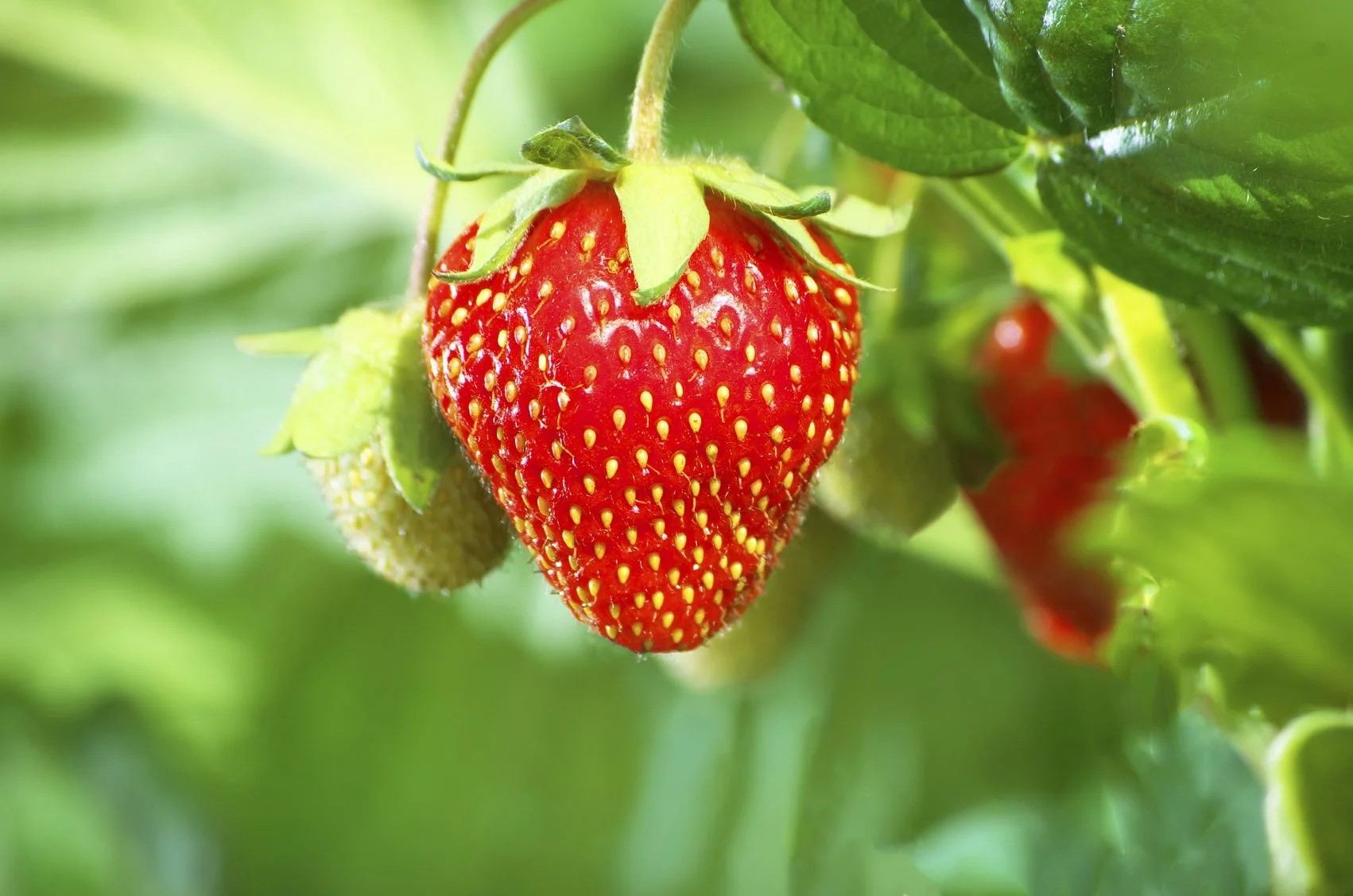
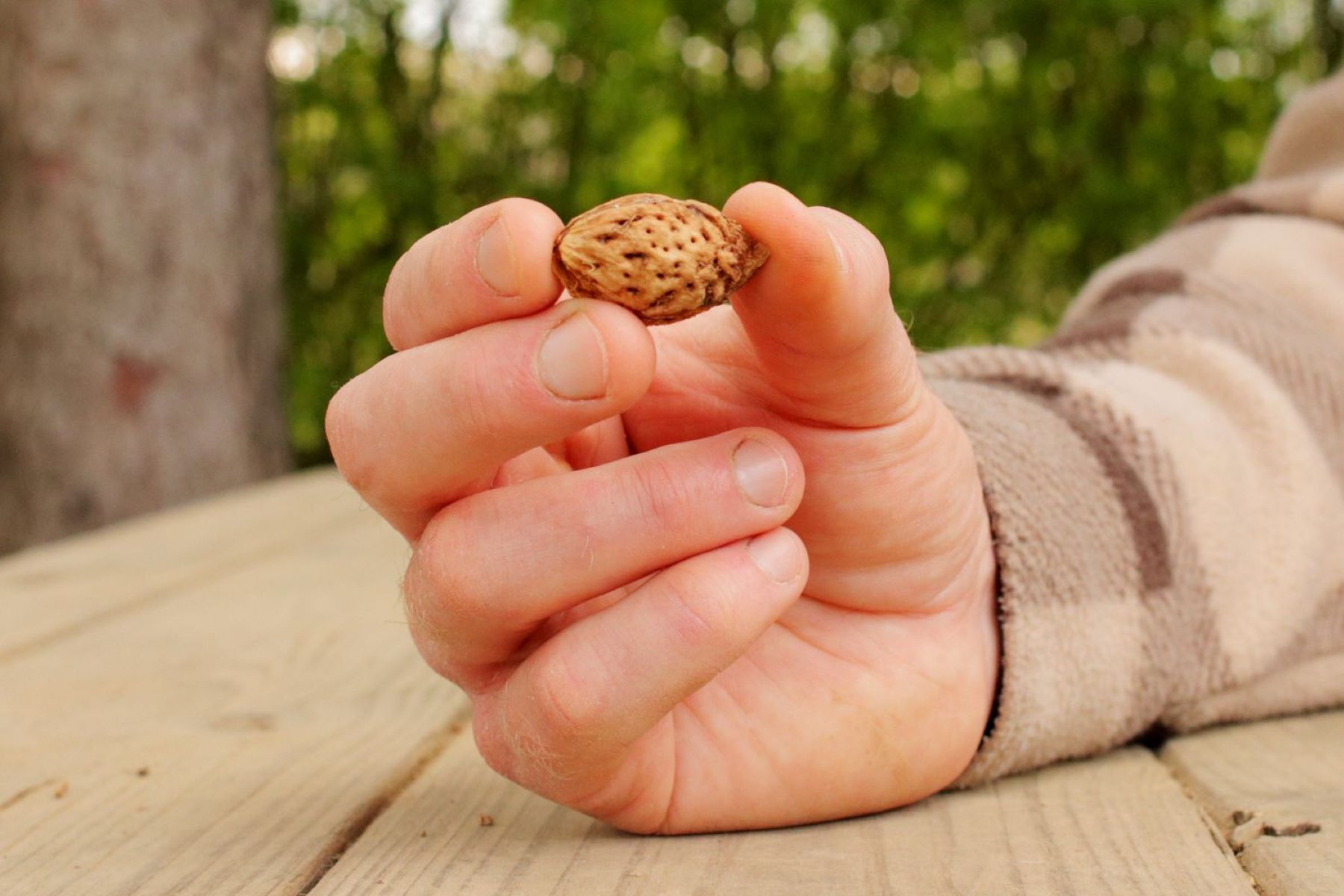
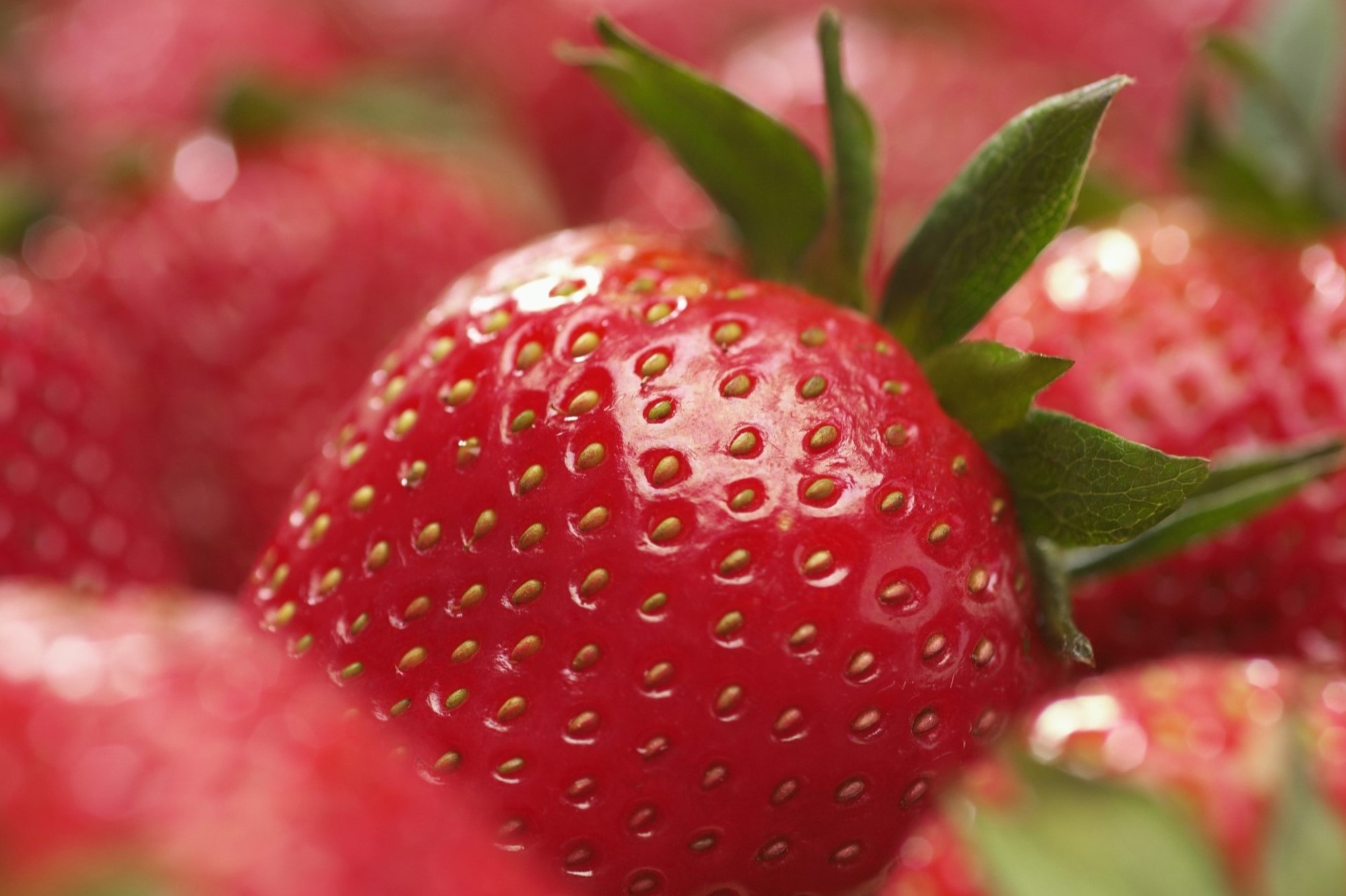
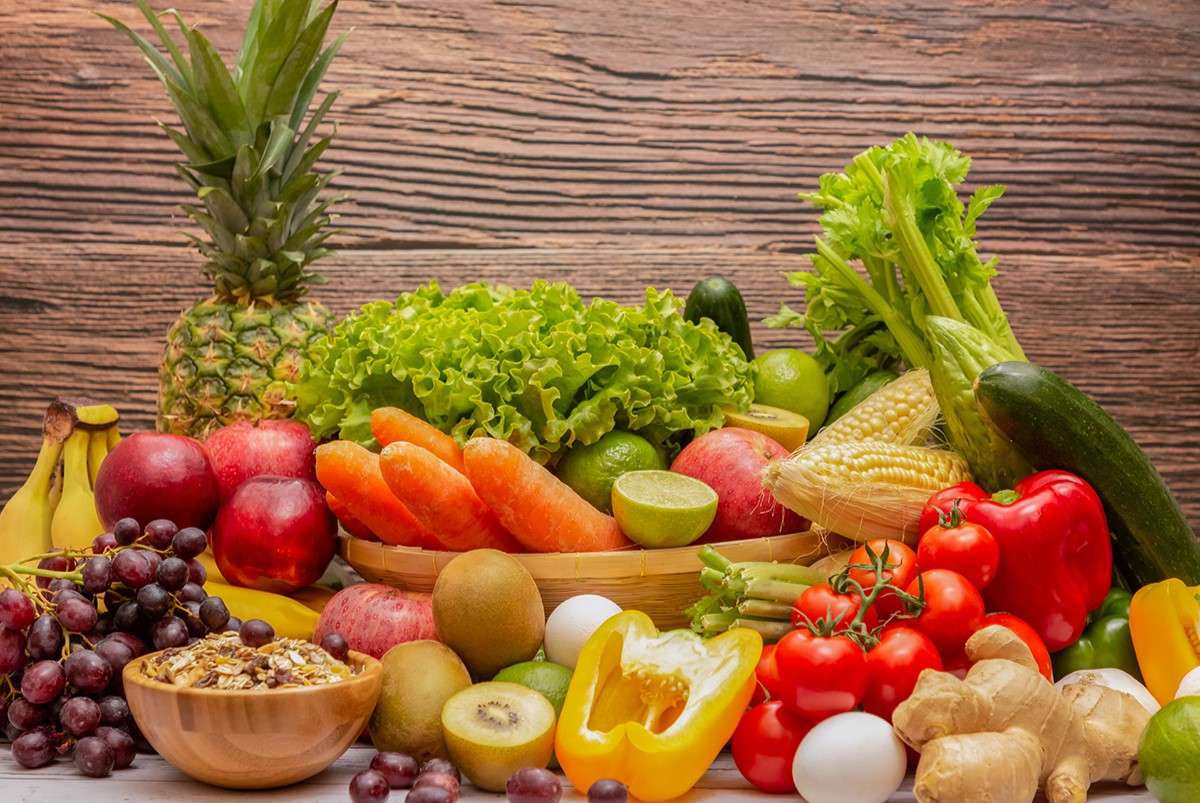
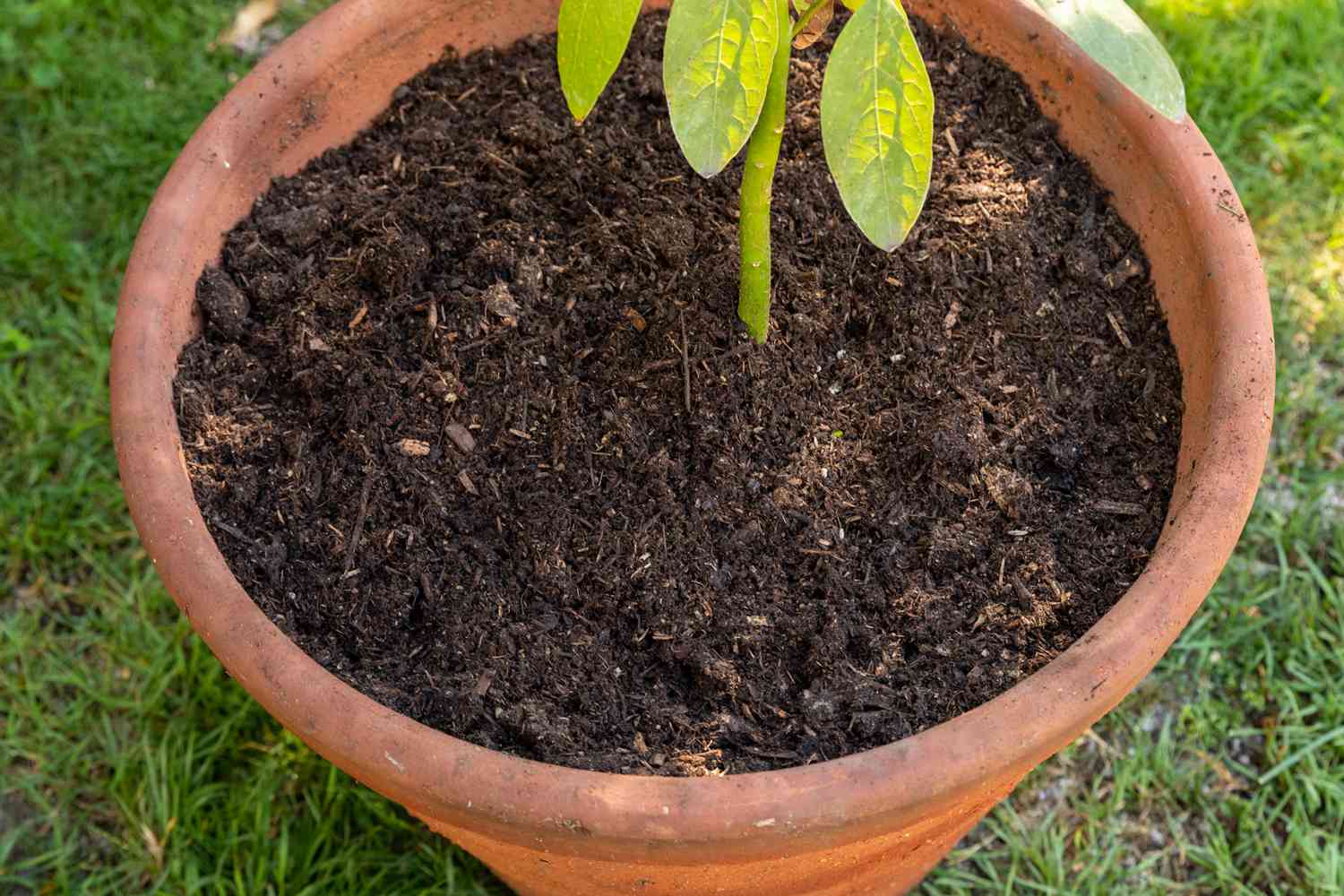
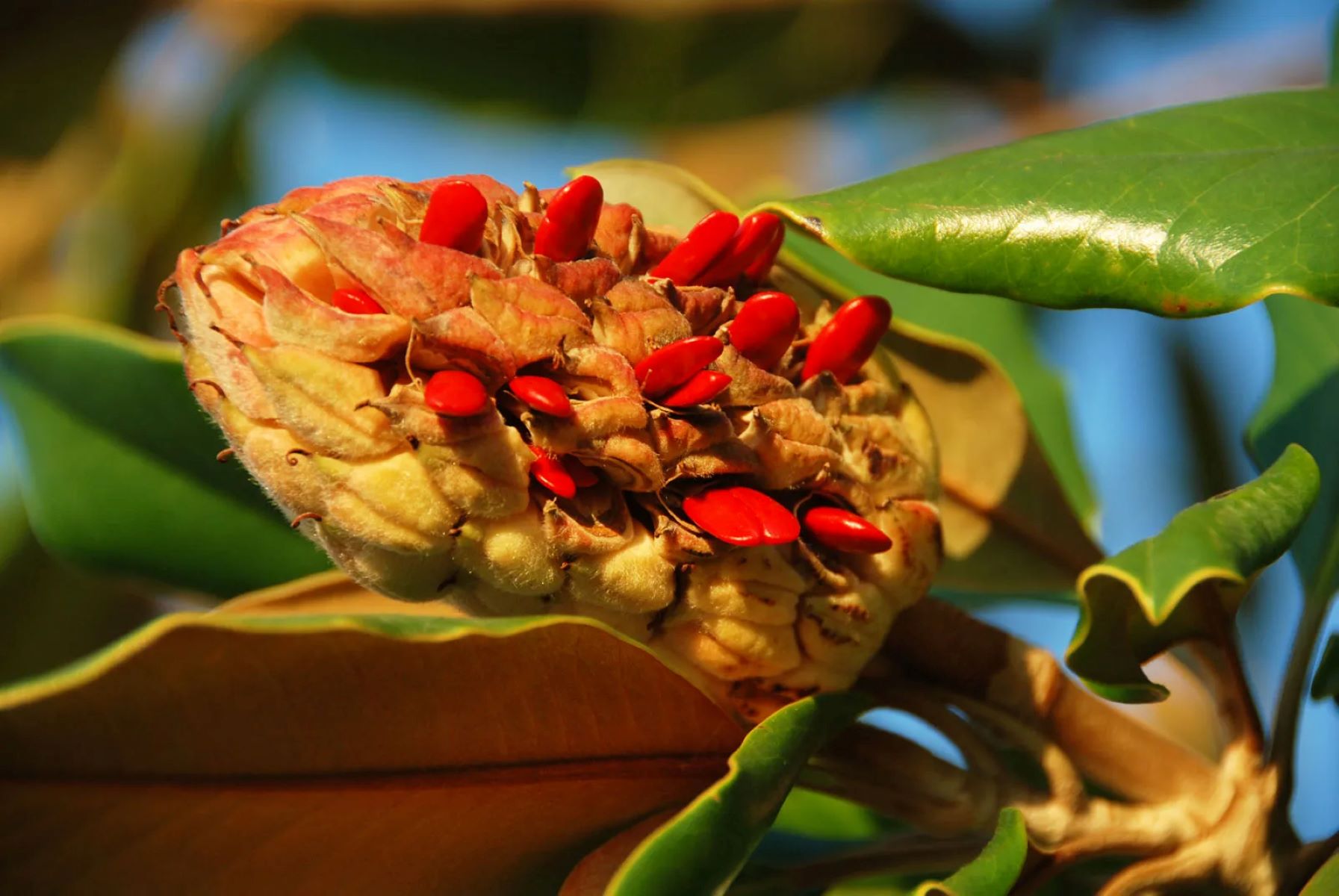
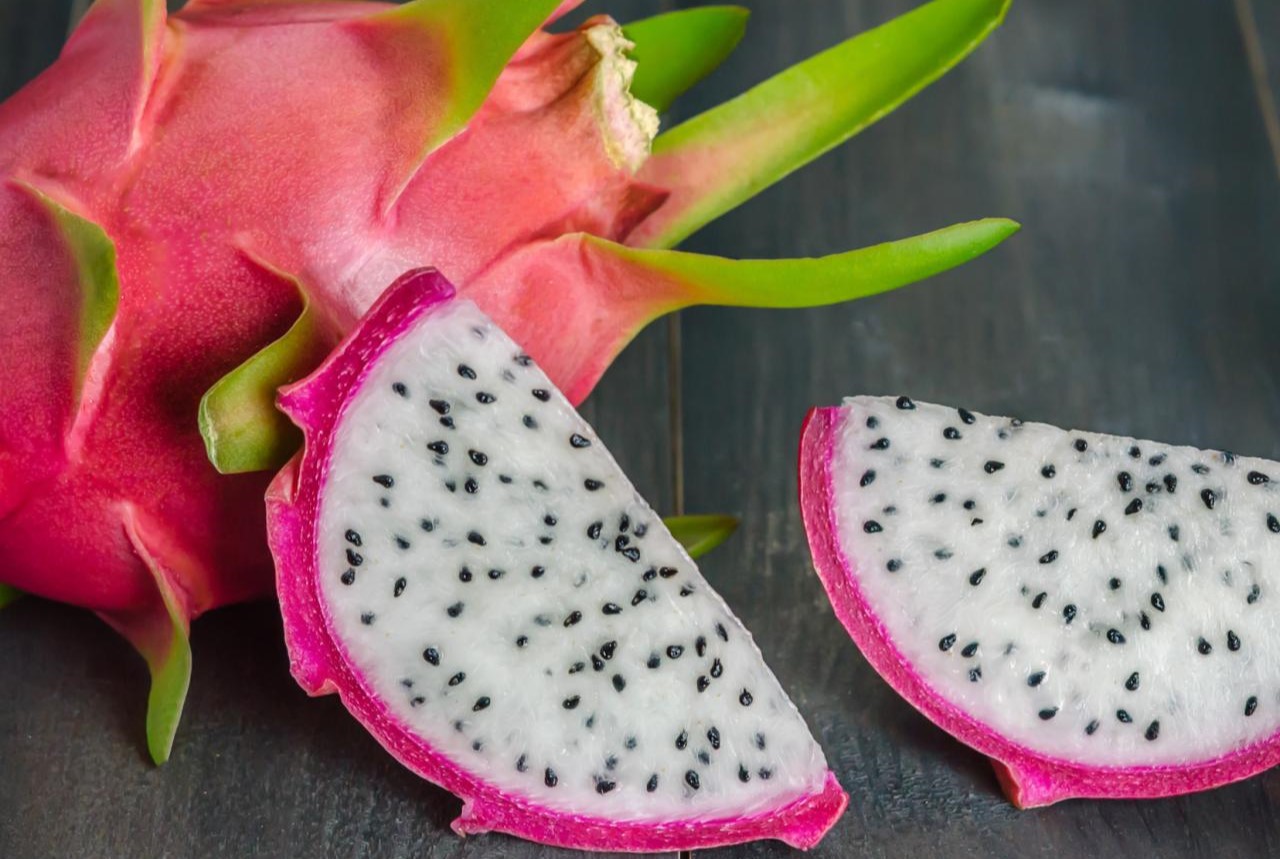
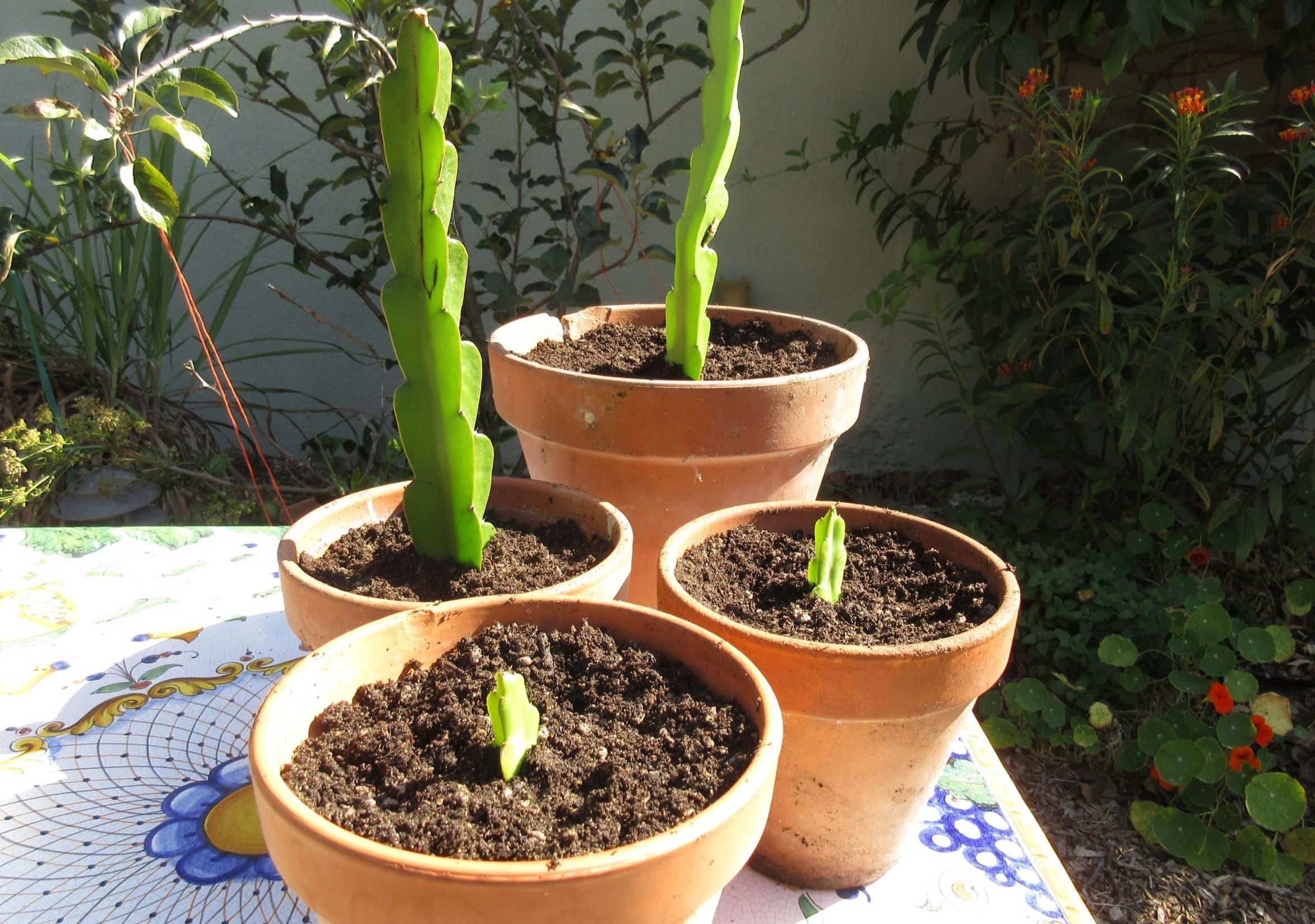
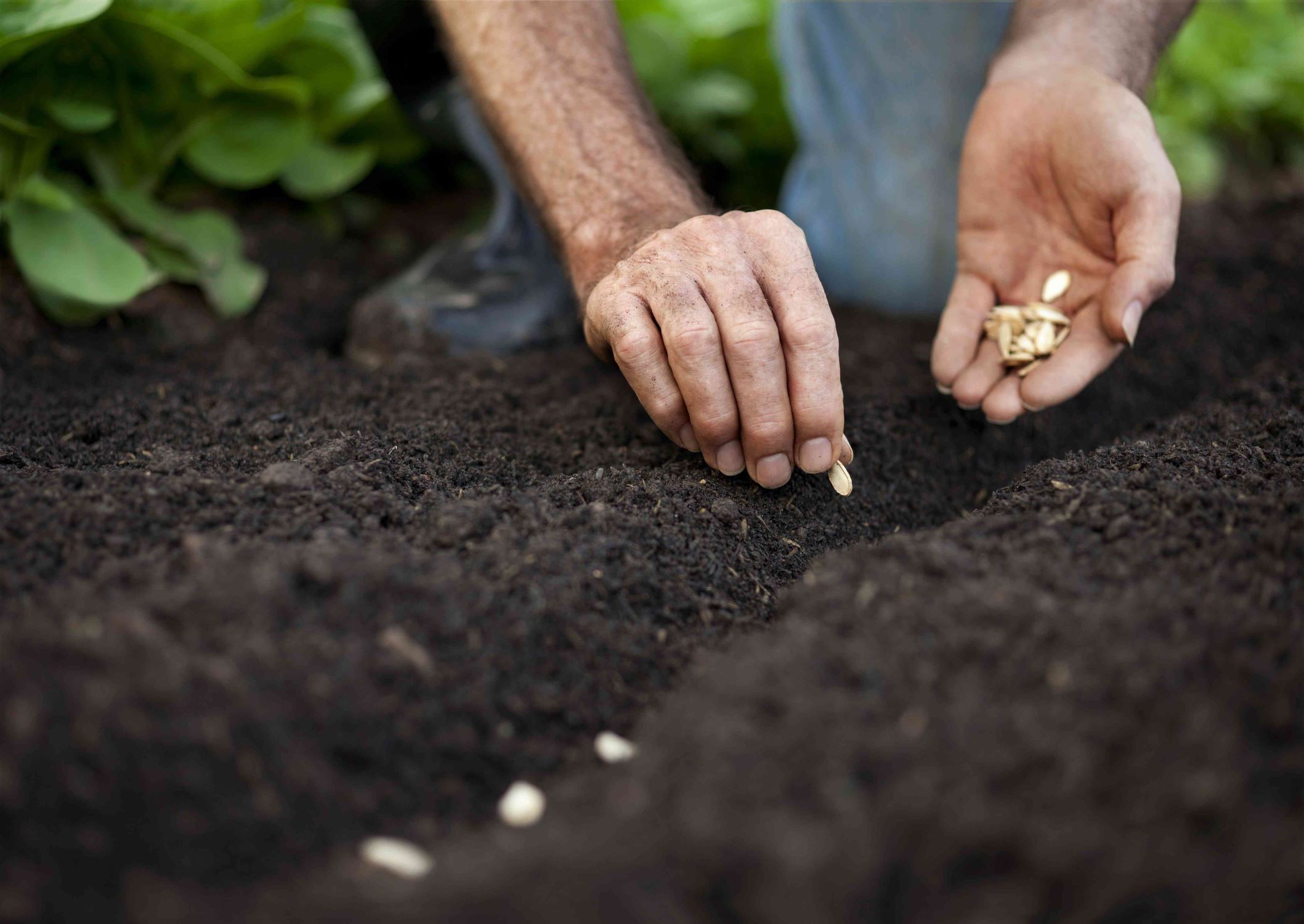
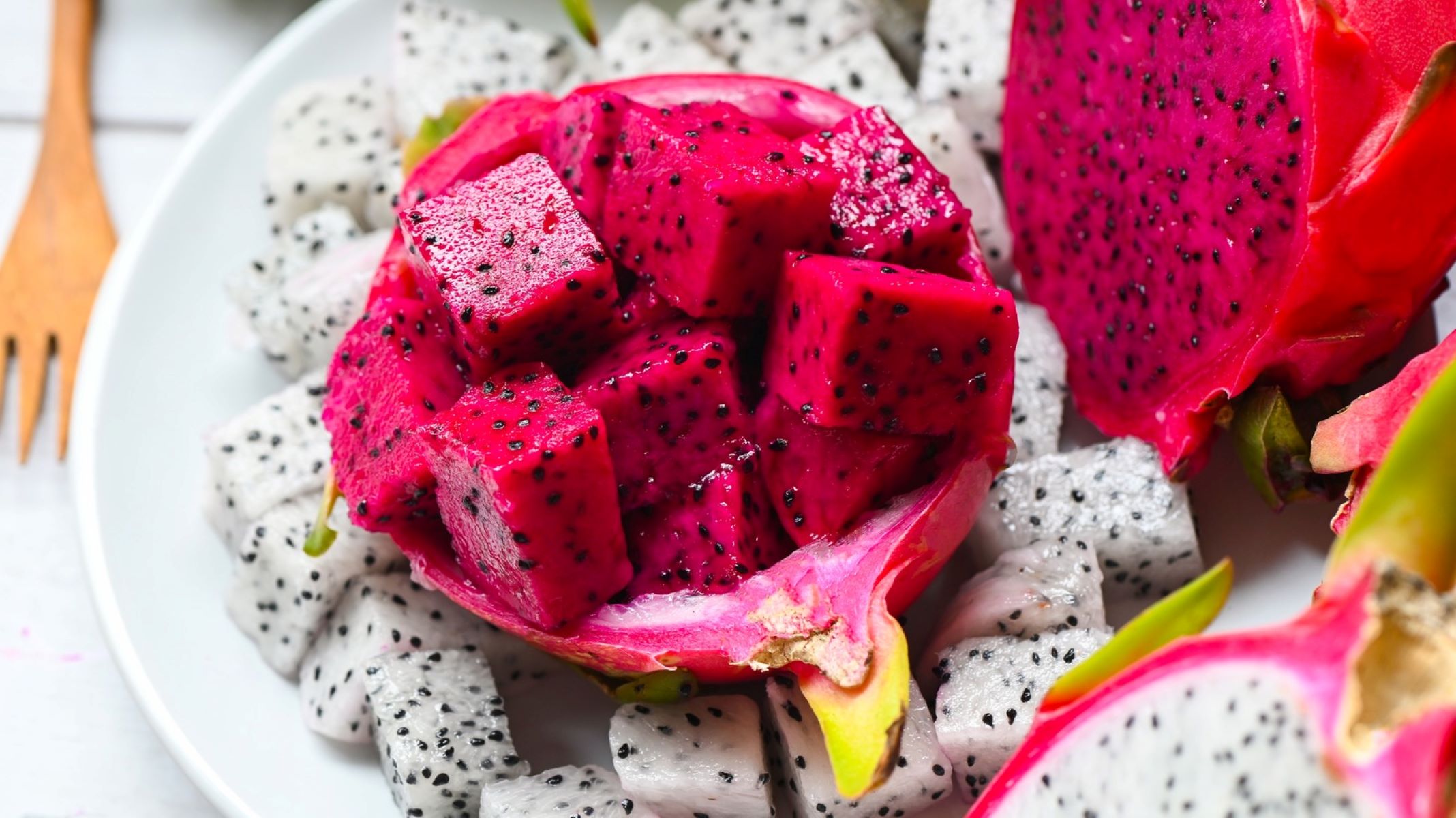
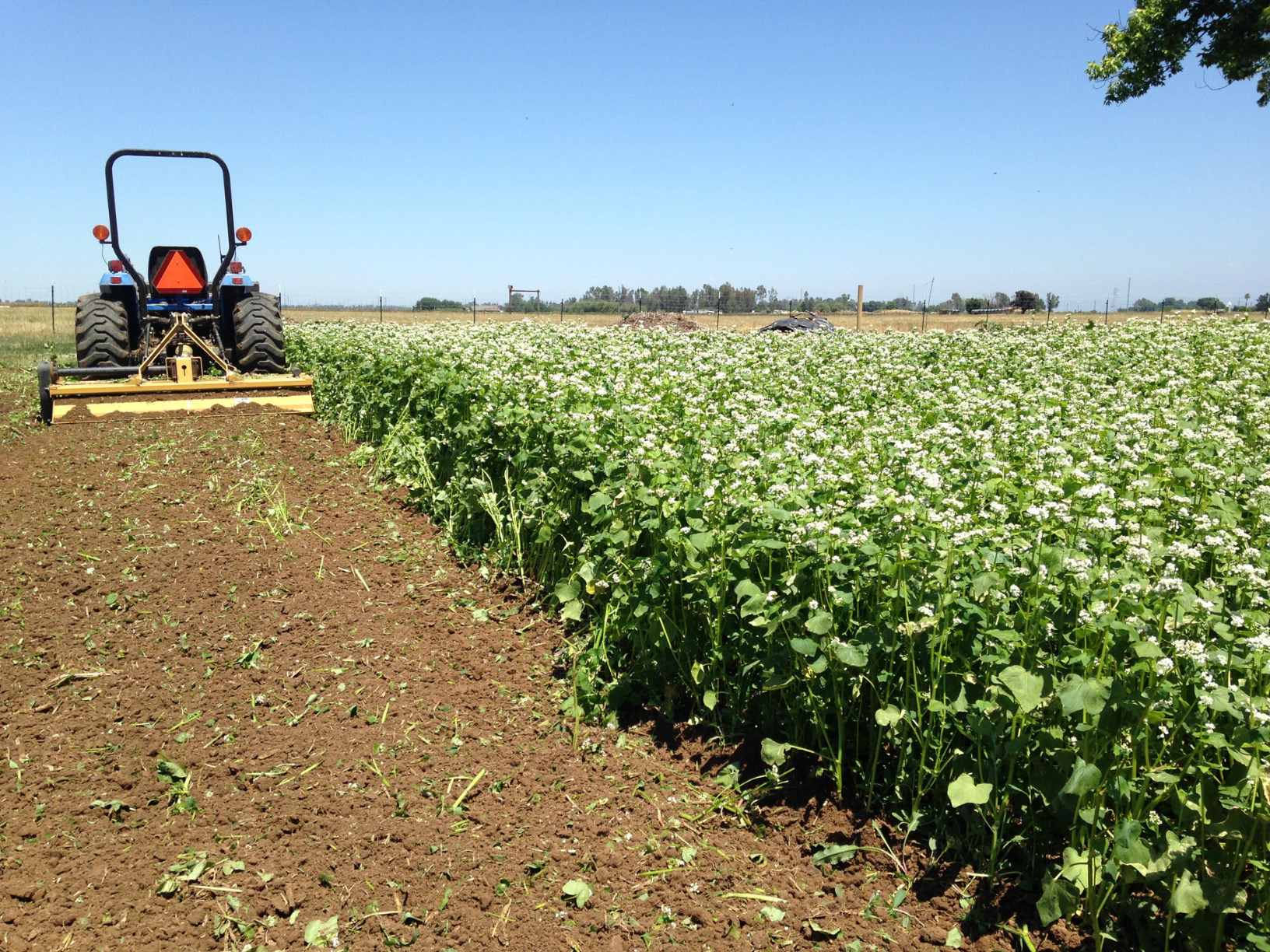

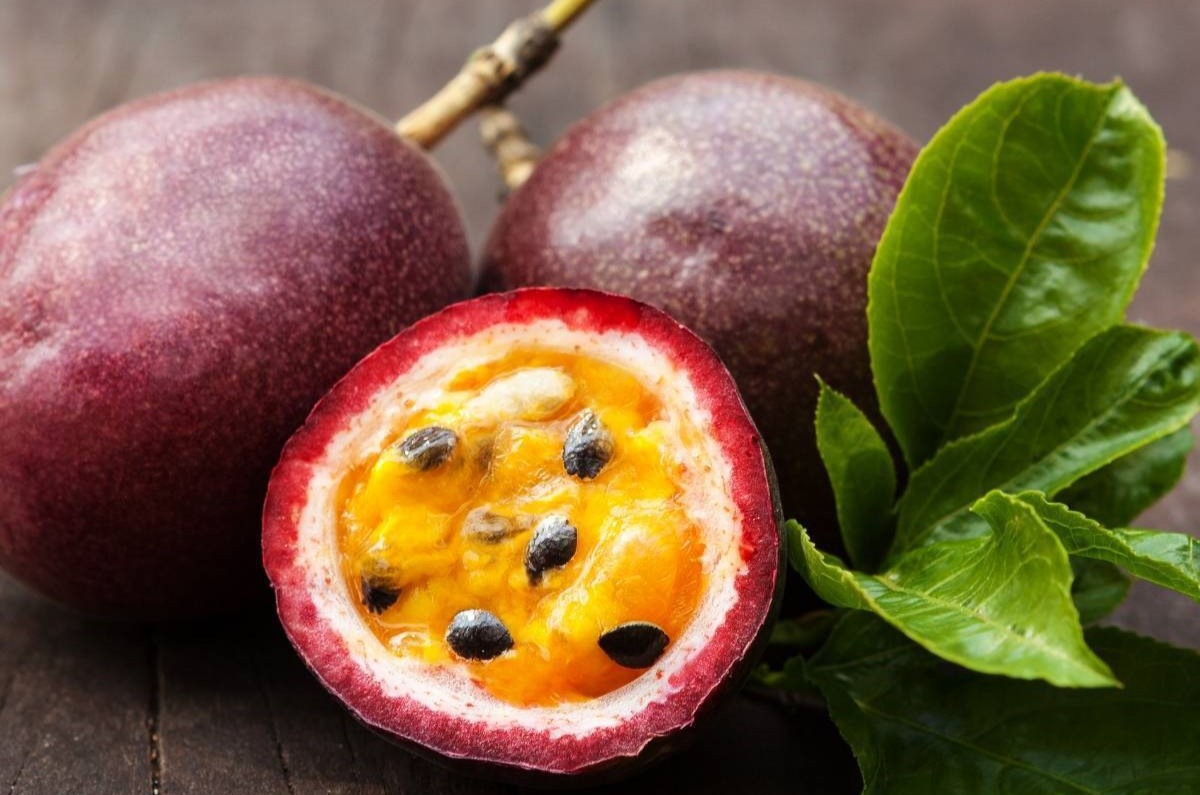

0 thoughts on “What Fruit Doesn’t Have Seeds”